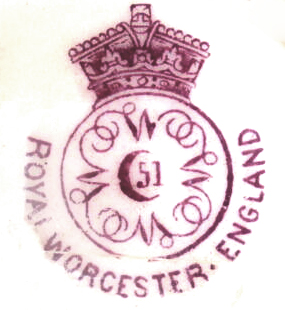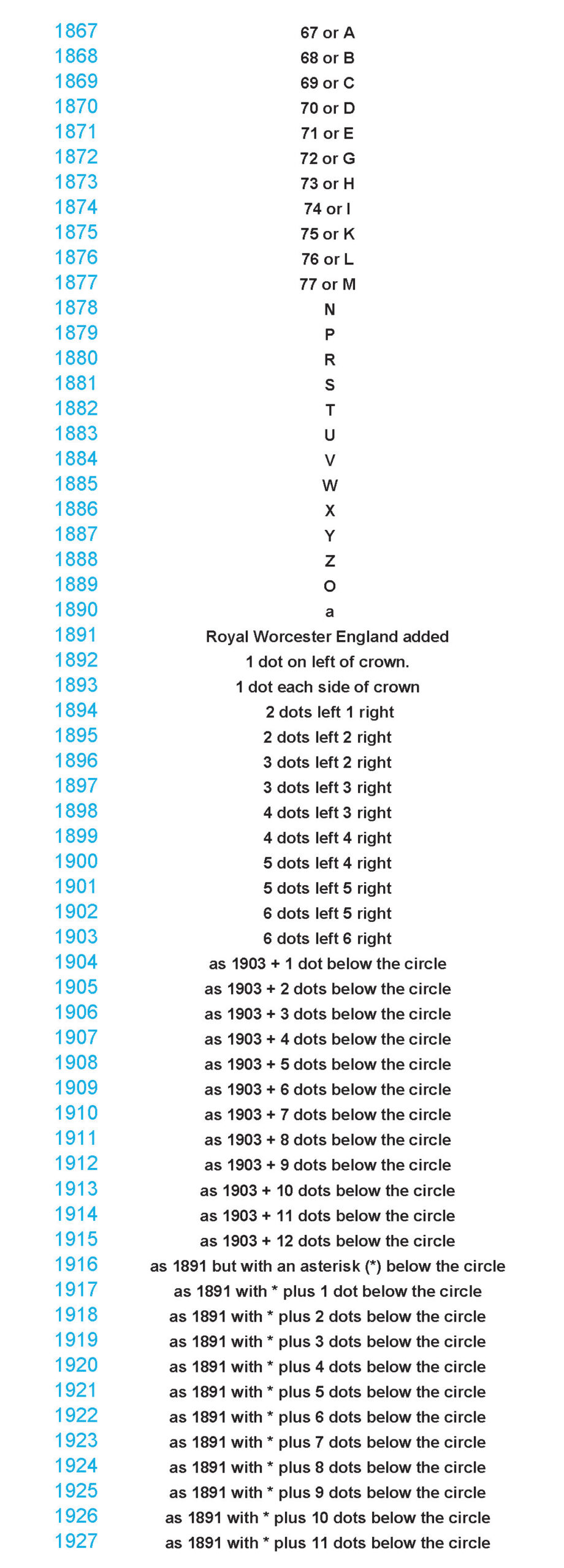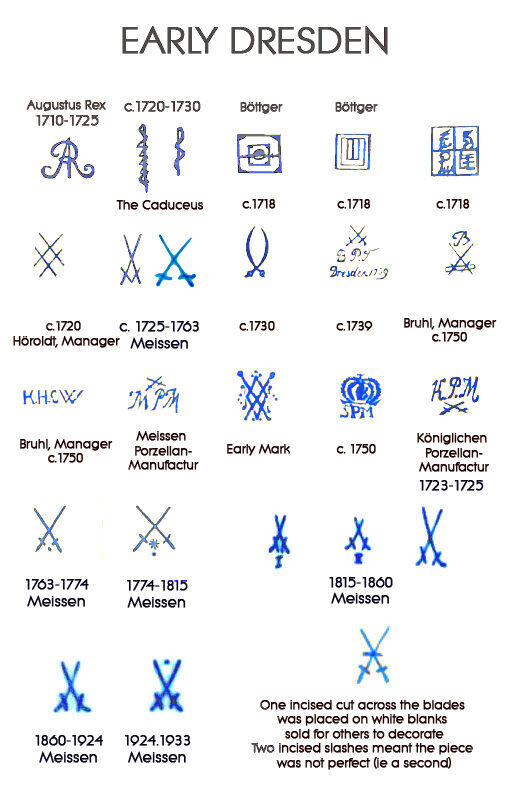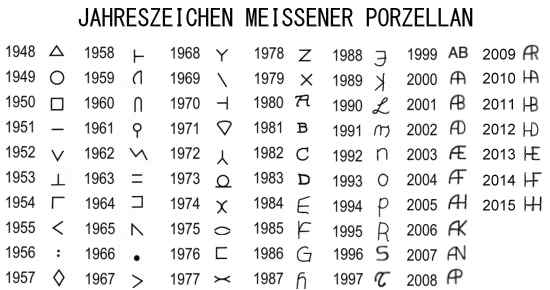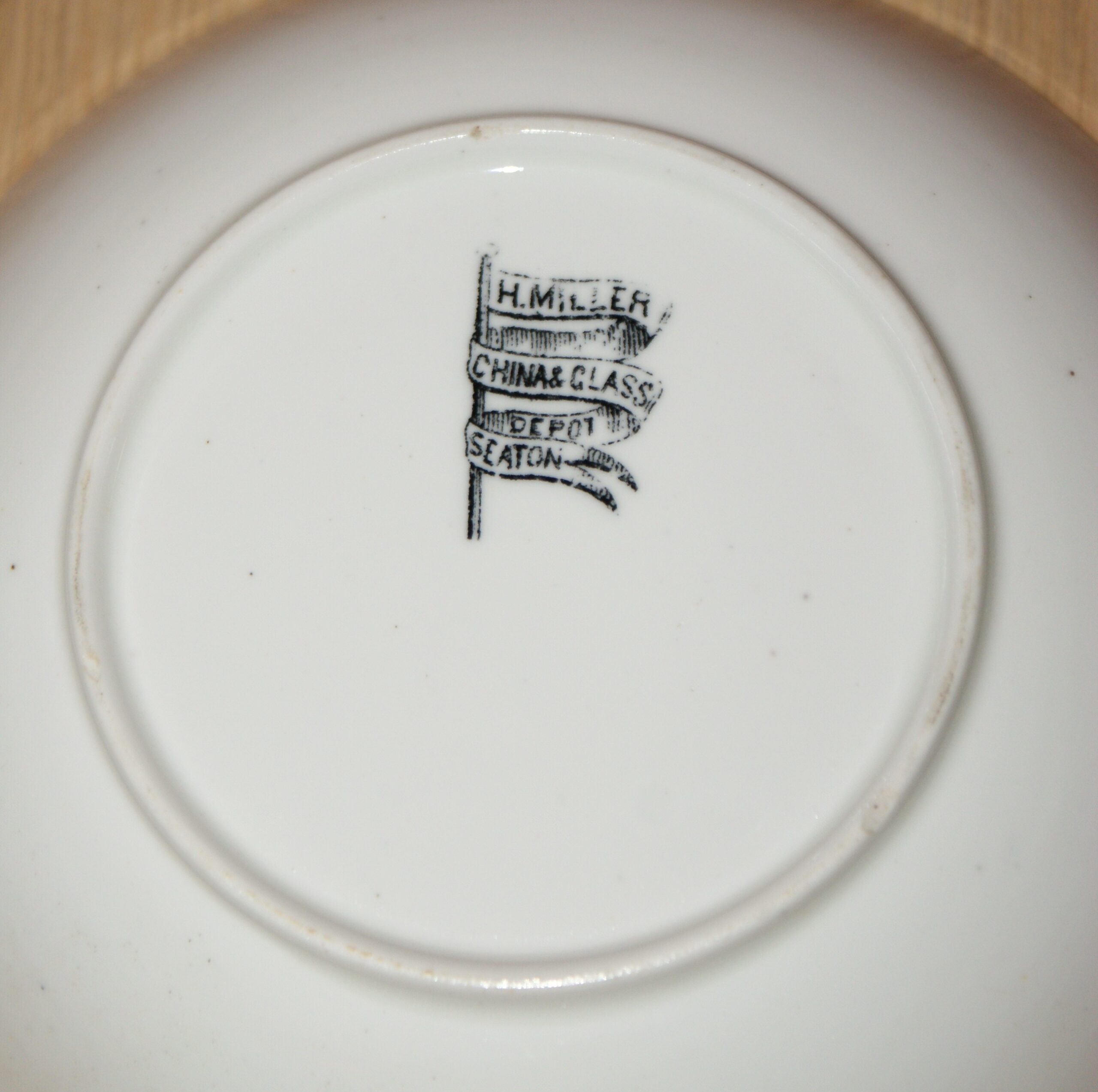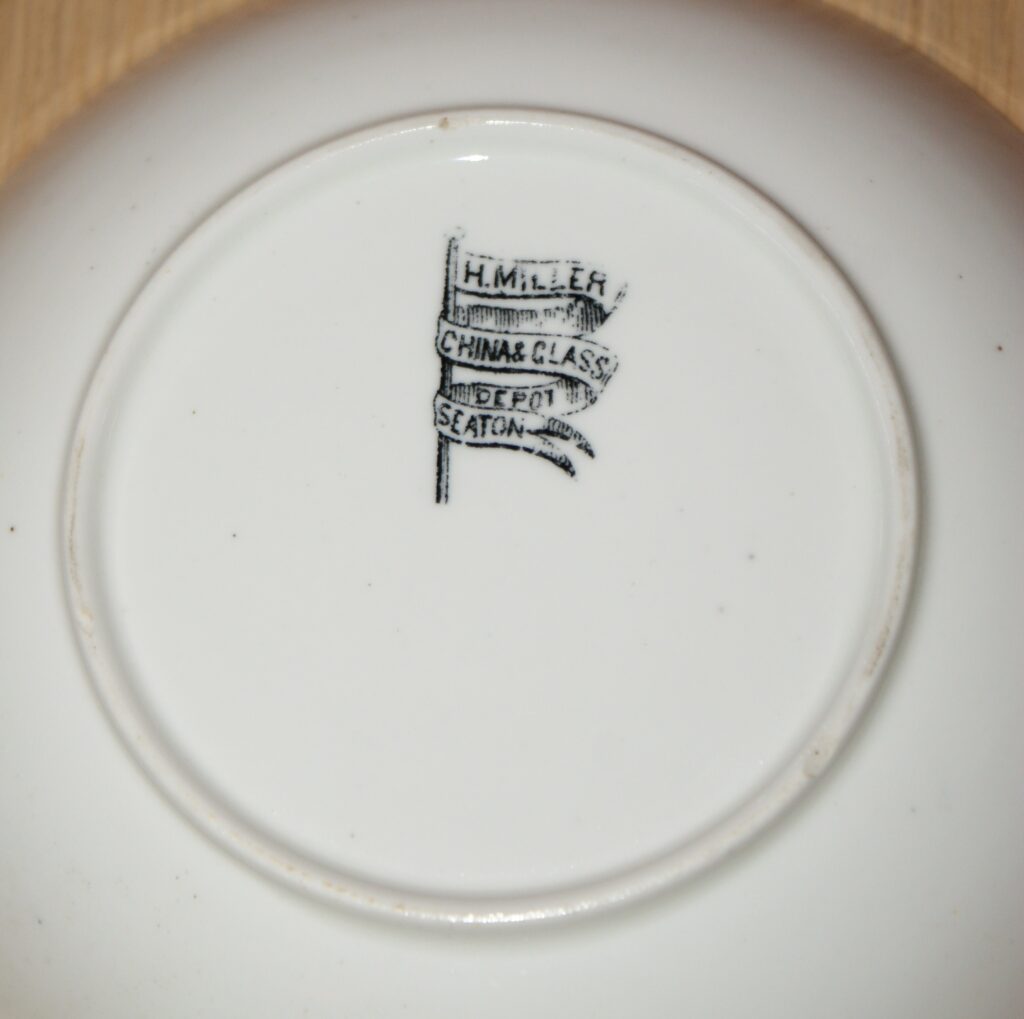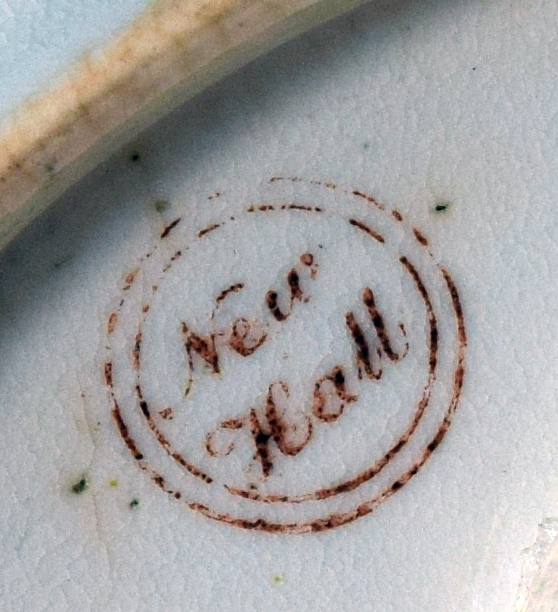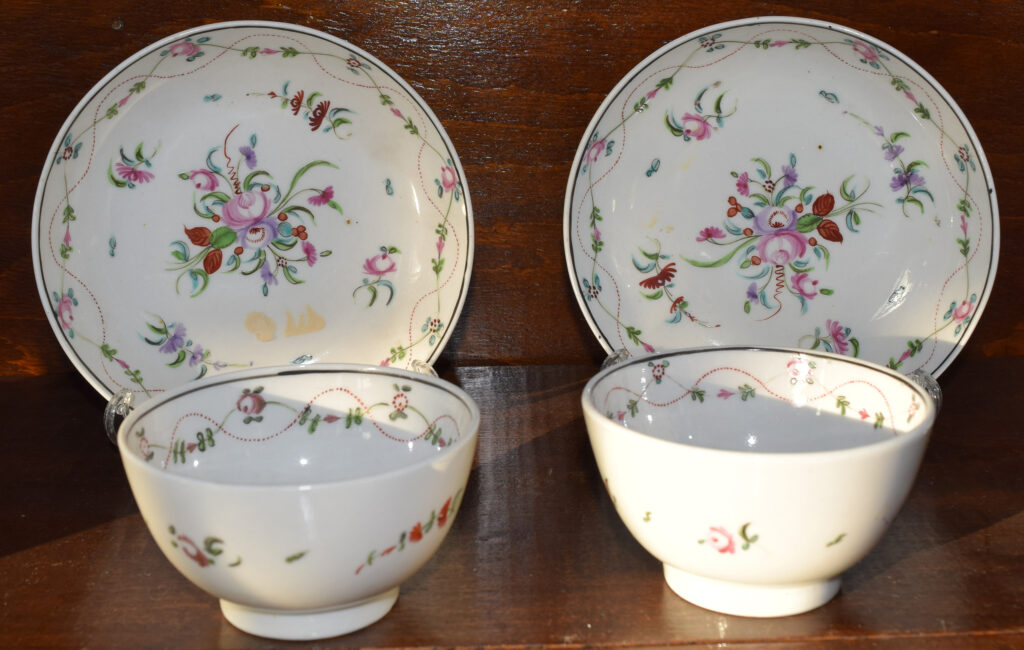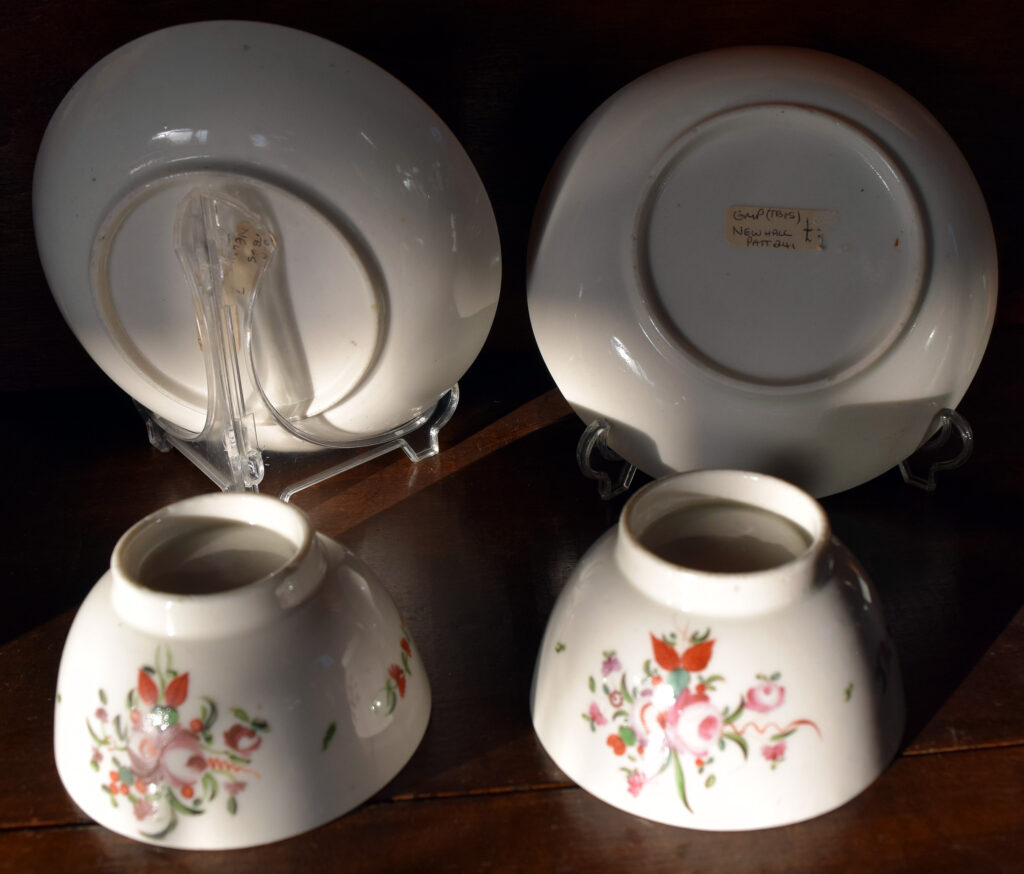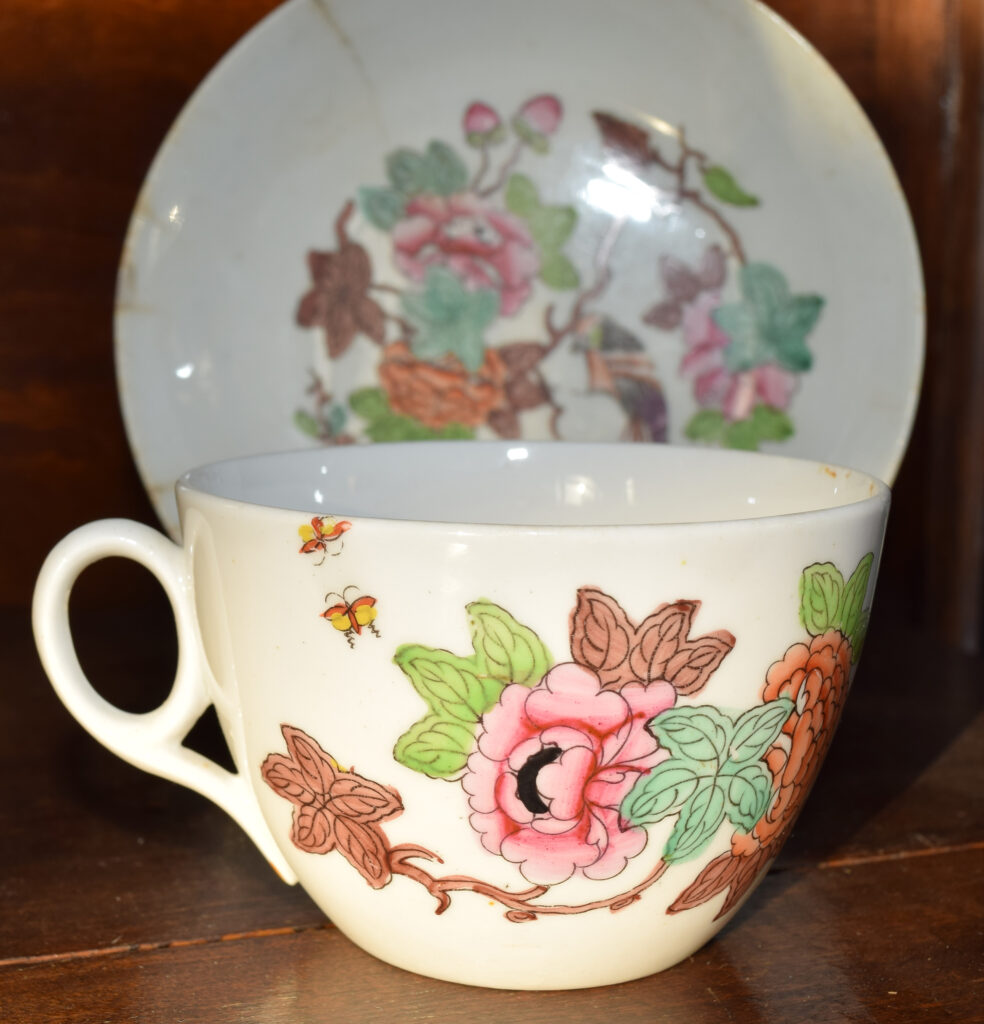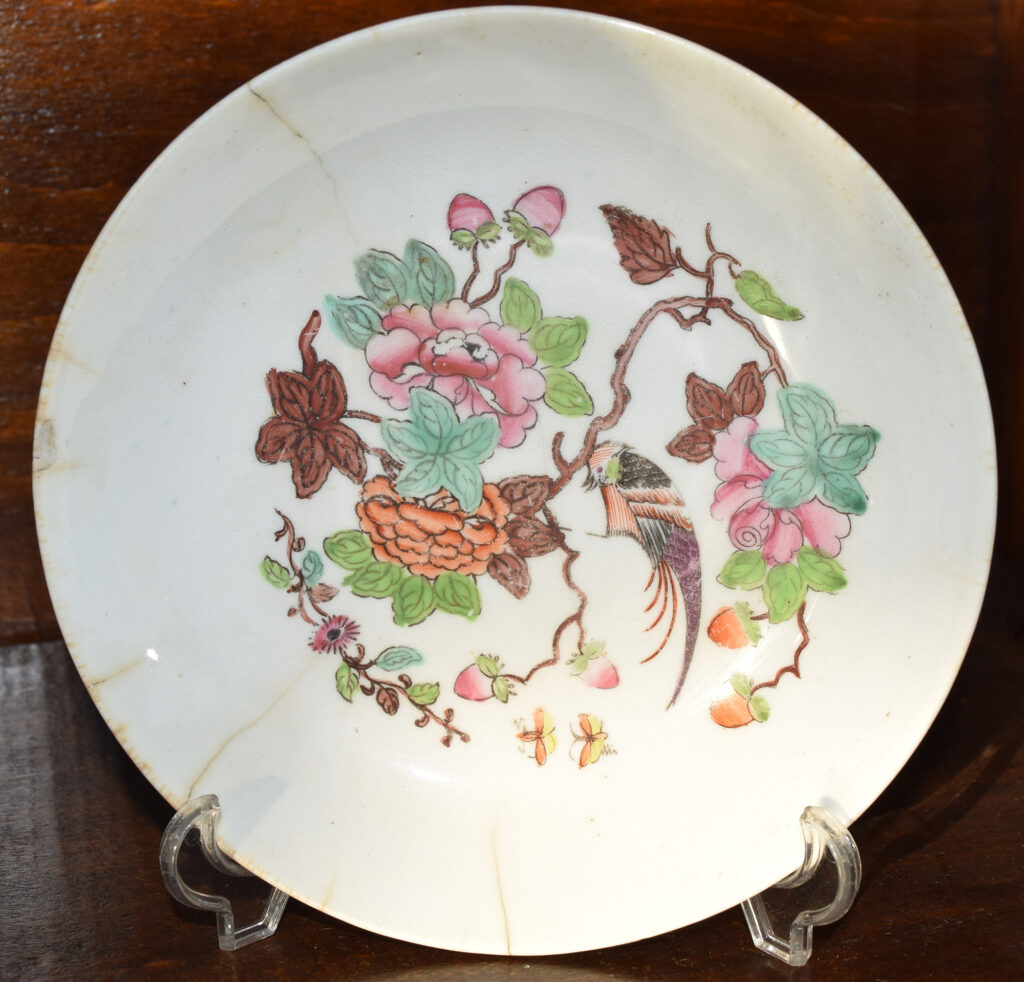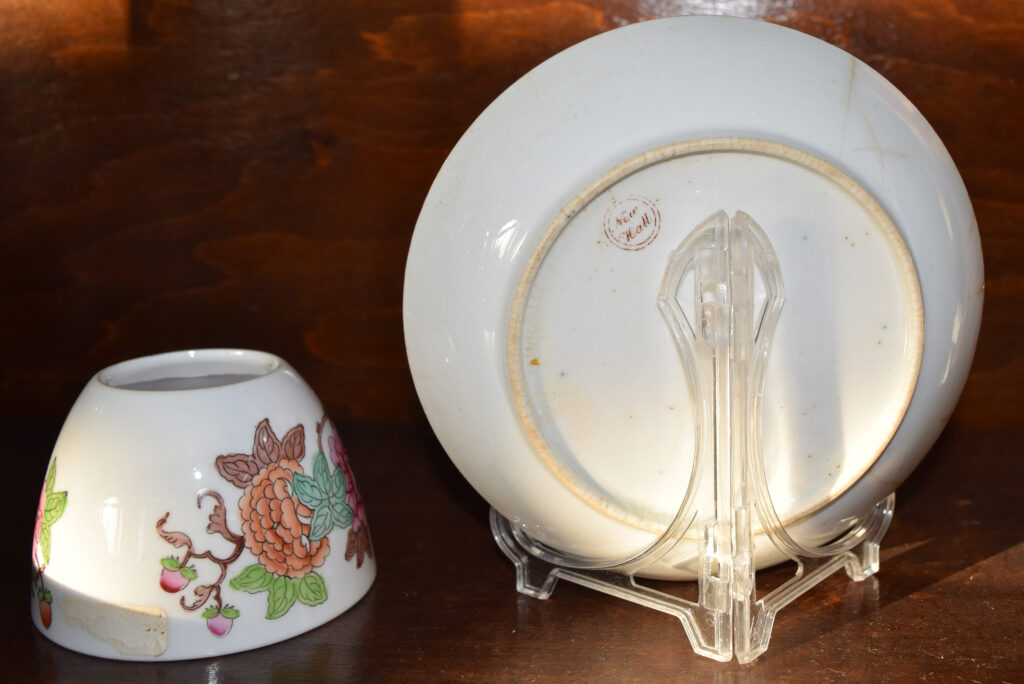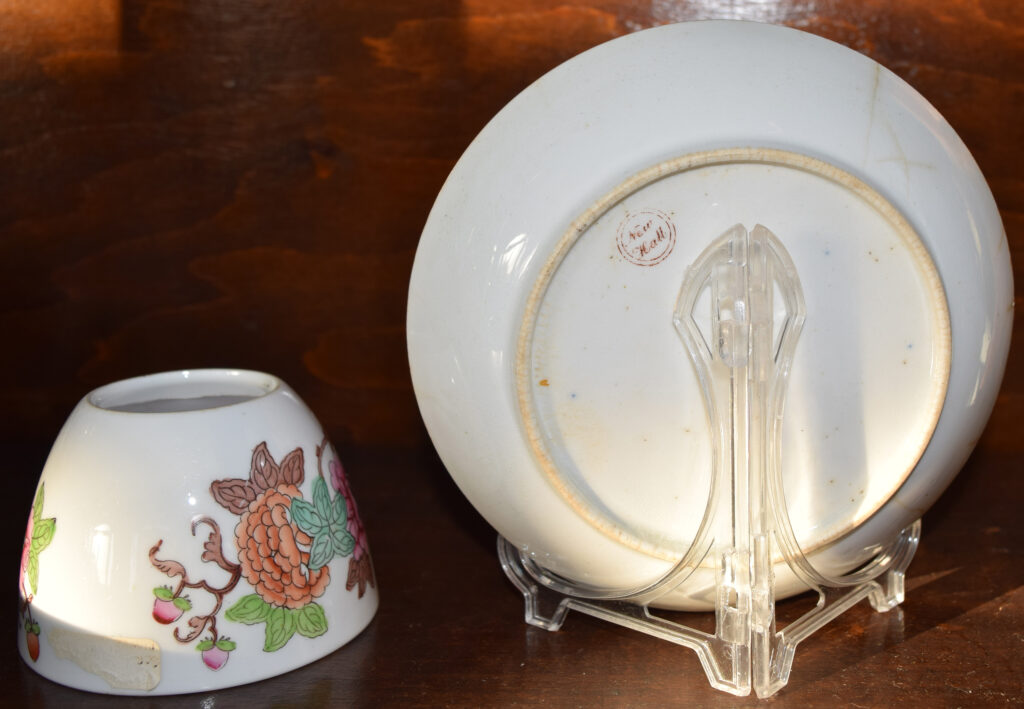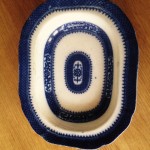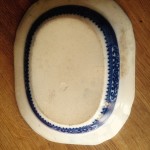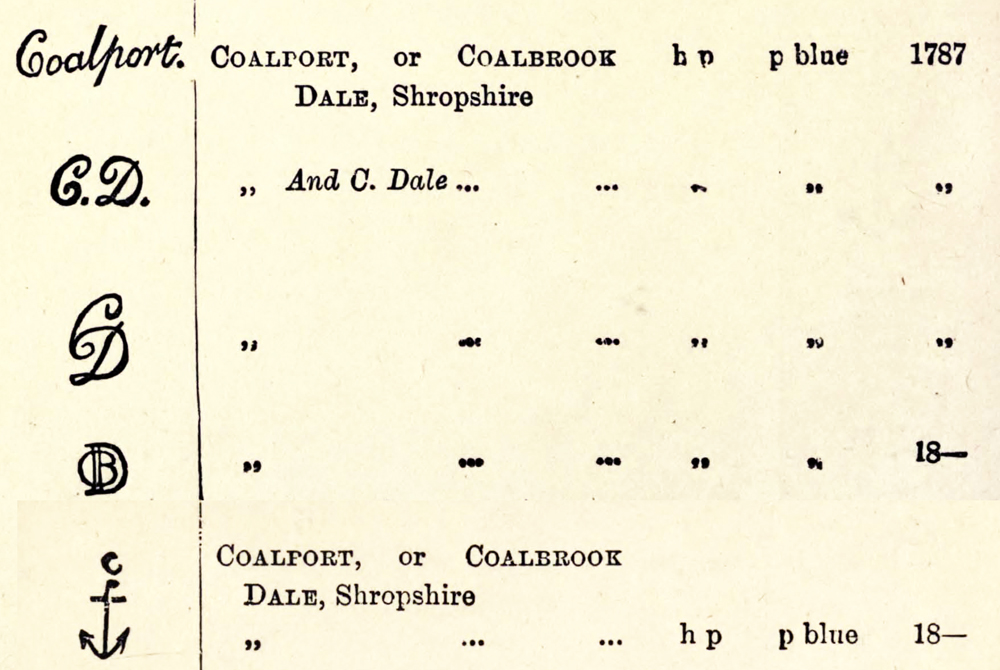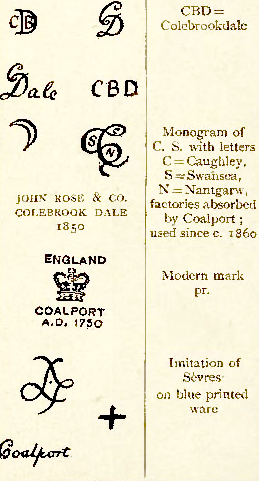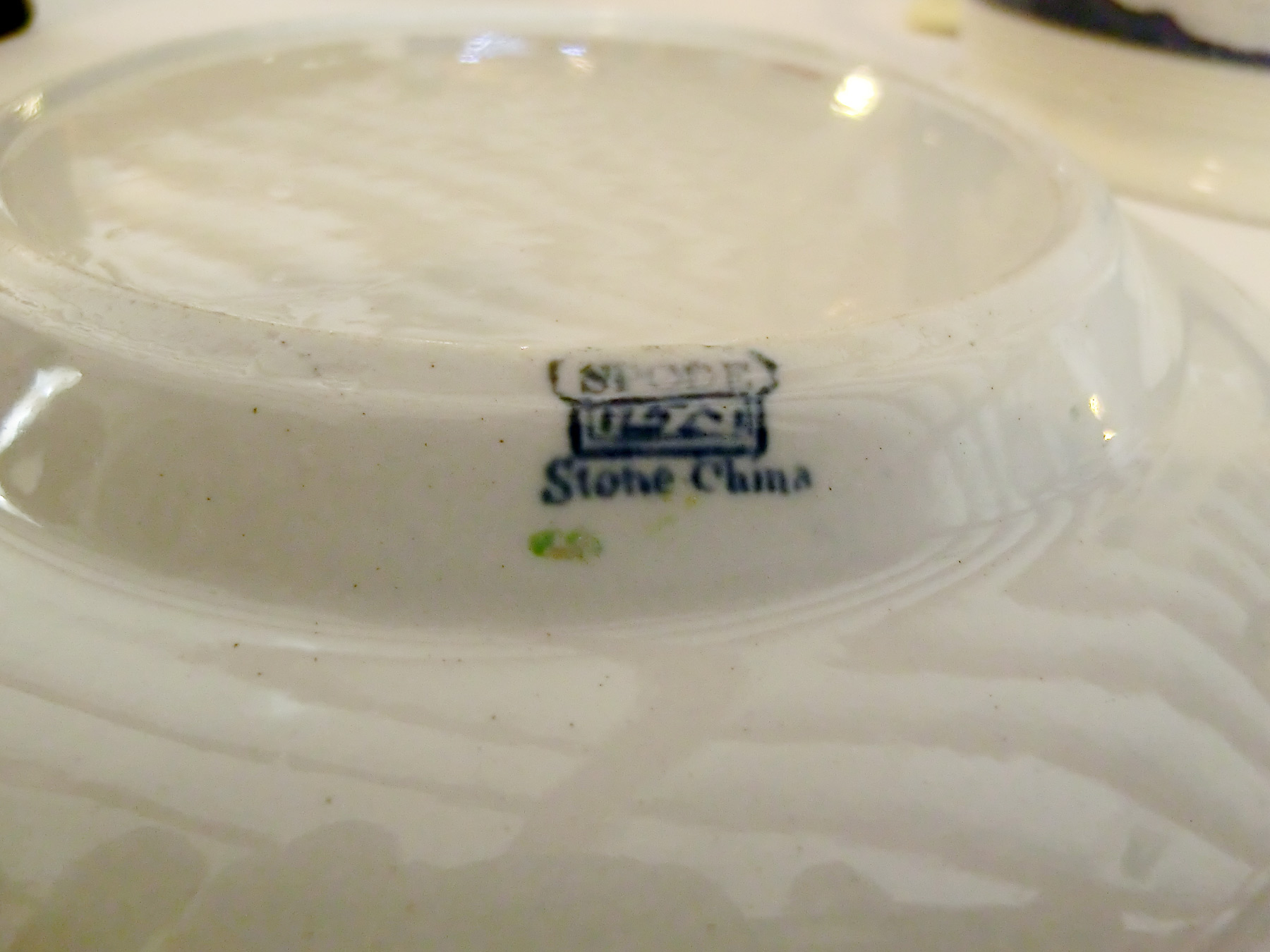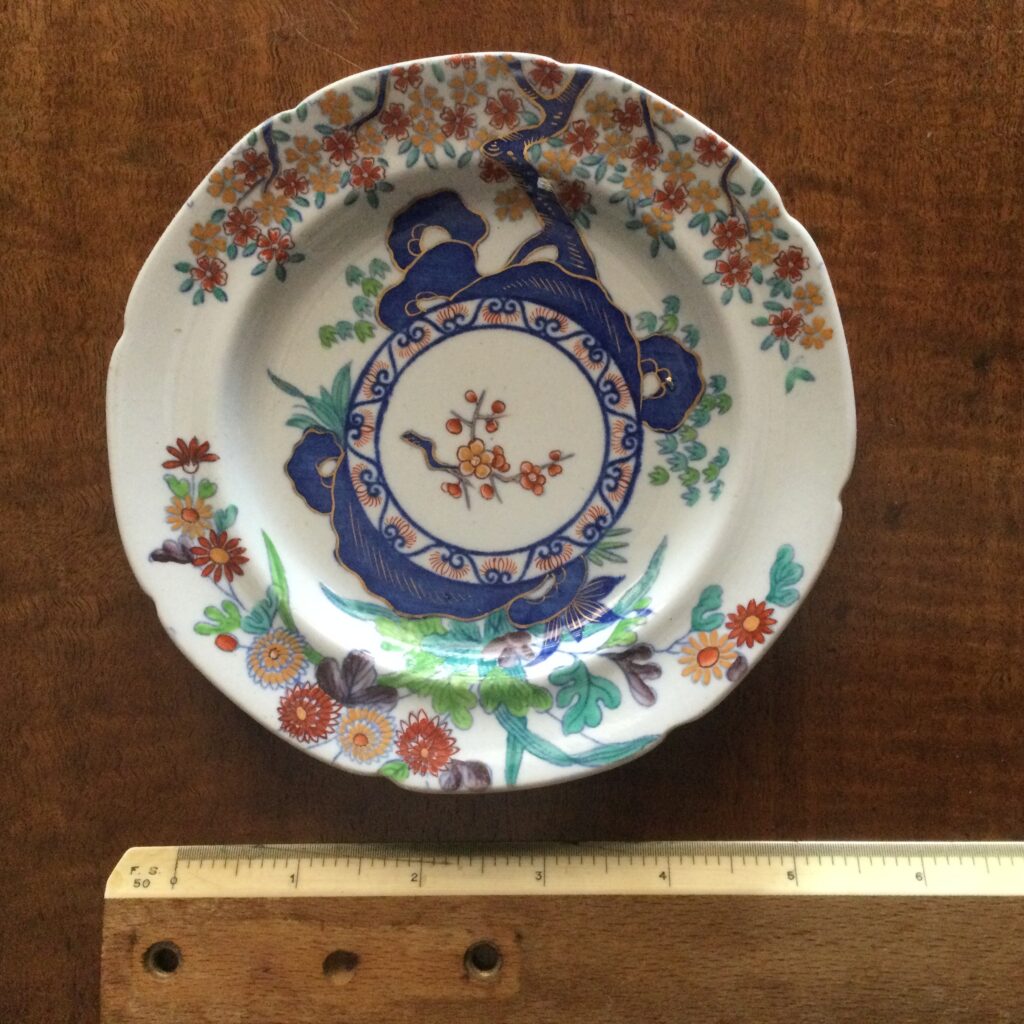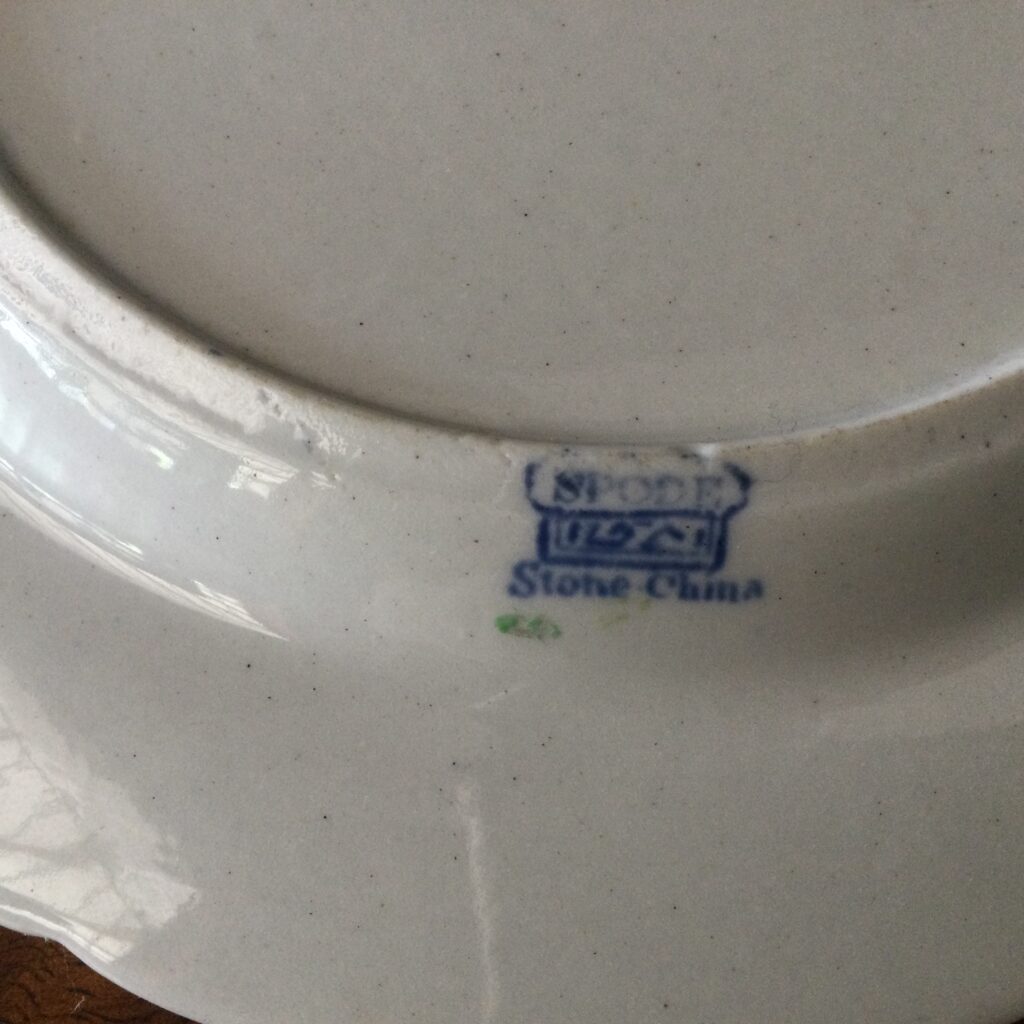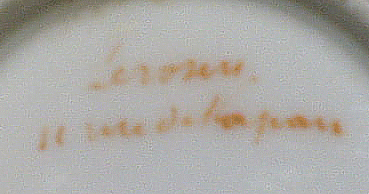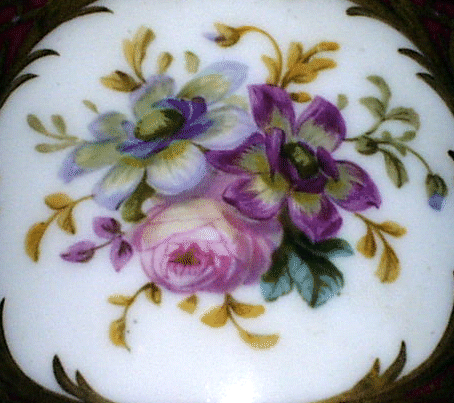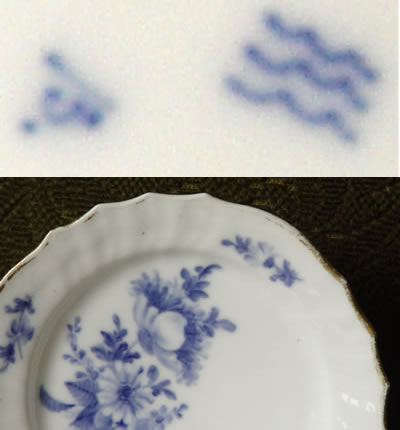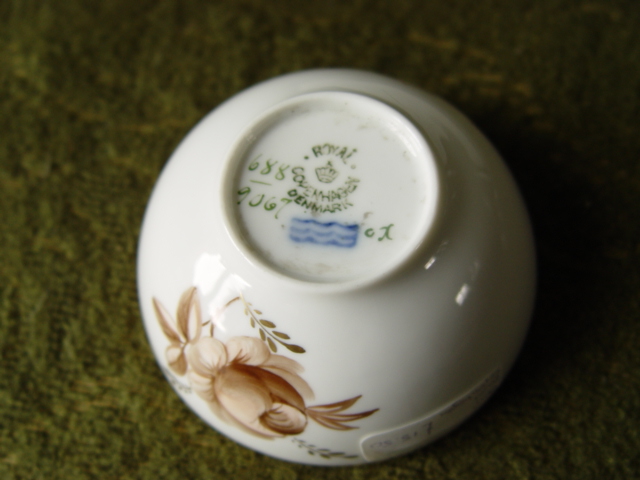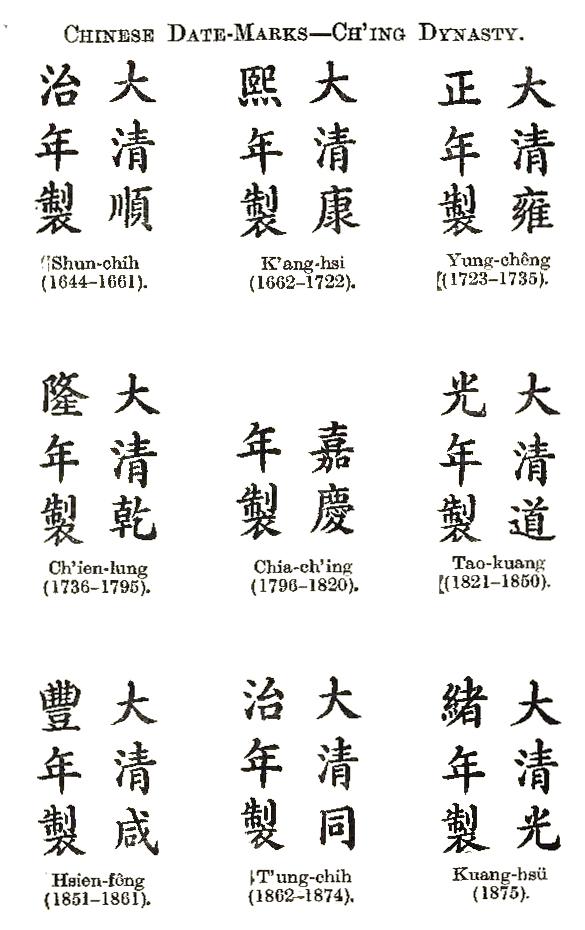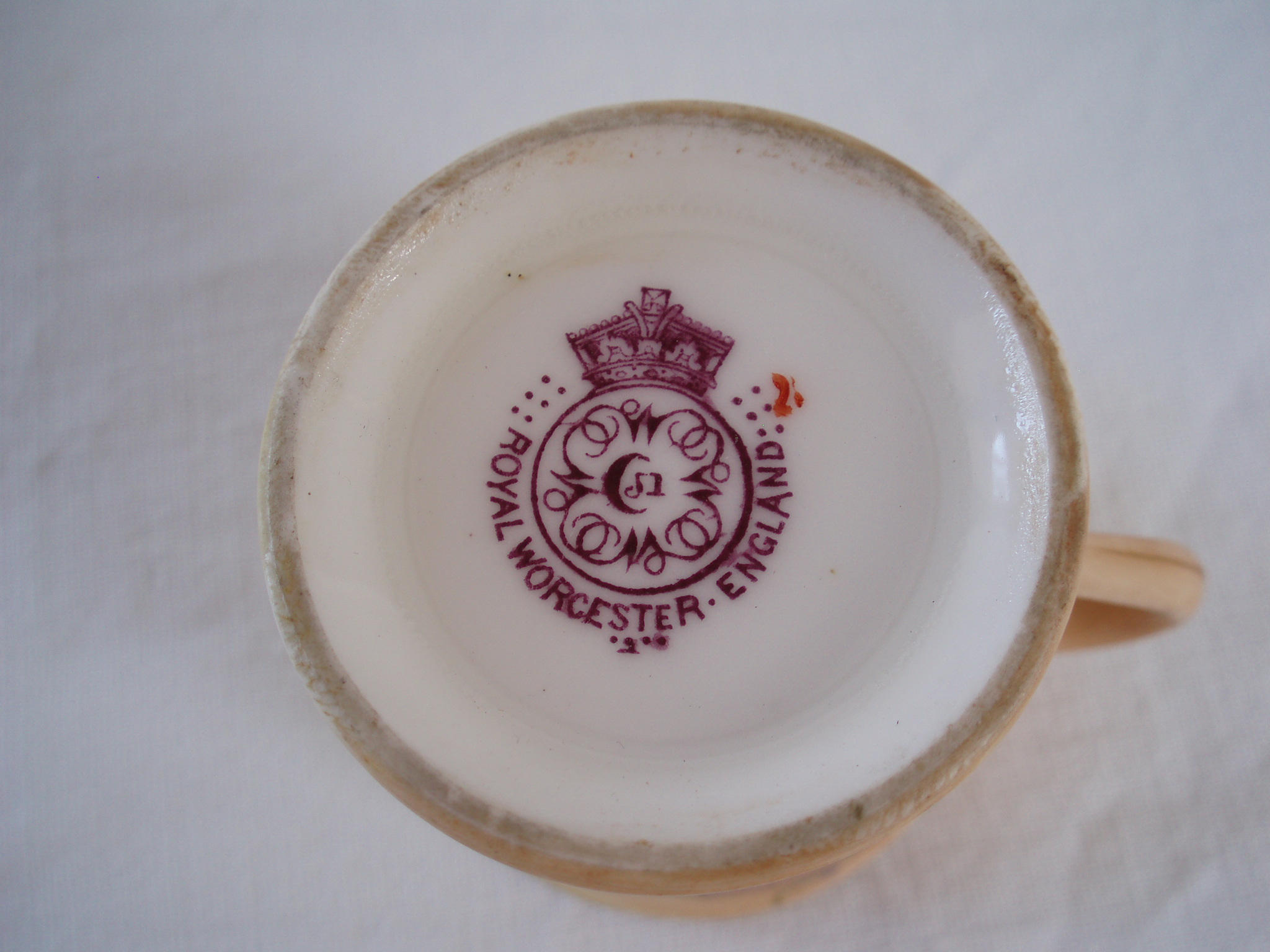 19th Century
19th Century
Dating Royal Worcester 1867 to 1927
The modern Royal Worcester mark (without the words Royal Worcester England and the dots) was first introduced in 1862. Initially two numbers in addition to the logo indicated the date (eg 63 for 1863 impressed or printed).
In 1867 the number was printed or replaced with a Capital letter (starting with A and continuing to M in 1877 – neither F or J were used). In 1878 capital letters replaced the numbers completely and from 1878’s N continued through to 1888 and Z (missing out O and Q). The O was used in 1889. In 1890, the latter a appears in lowercase – clearly intending to follow the previous pattern, however, the McKinley Tariff Act meant the the country of origin had to be included on all export ware, so the logo was redesigned to include the words Royal Worcester England around the outside of the circle (with no dots or date mark for 1891).
From 1892 dots were introduced, to the left and right of the Crown, to indicate the year, starting with one dot (on the left) for 1892
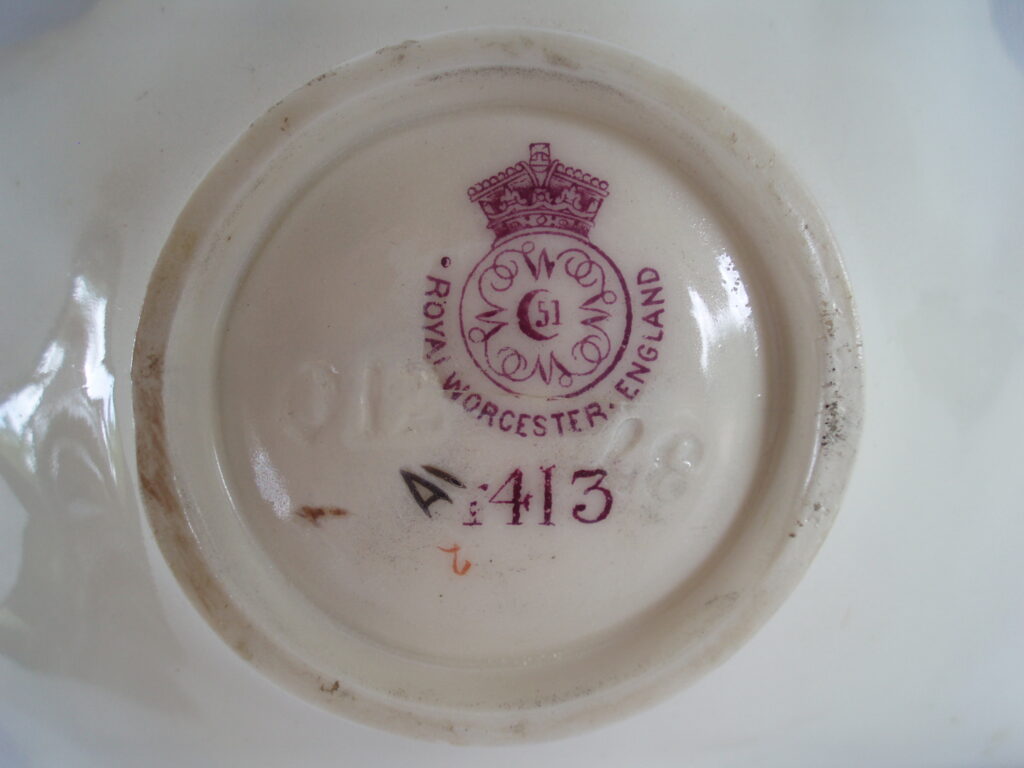
The following year a dot was added to the right, the year after another to the right and so on until 1903 by which time there were six on both sides of the Crown.
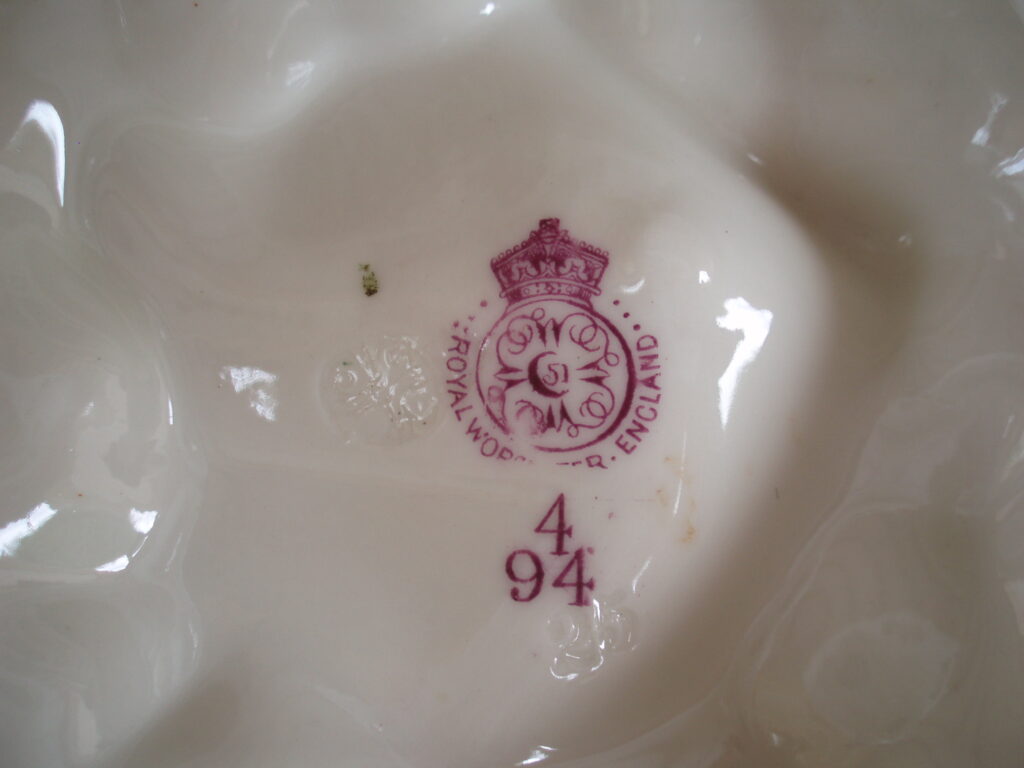
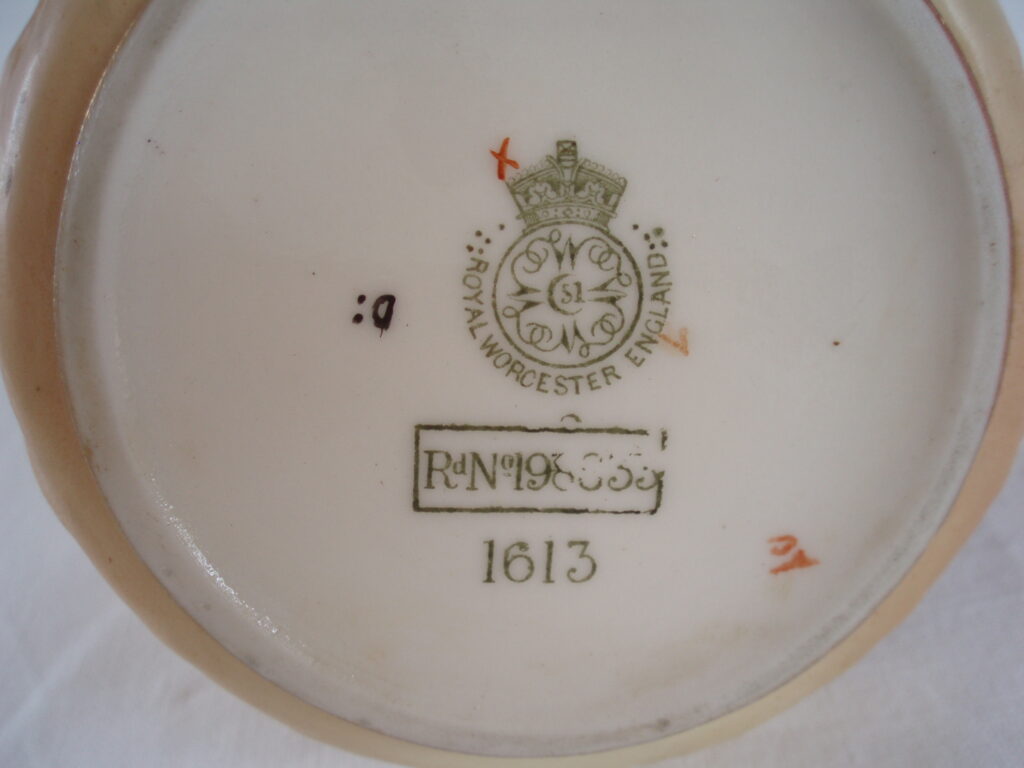
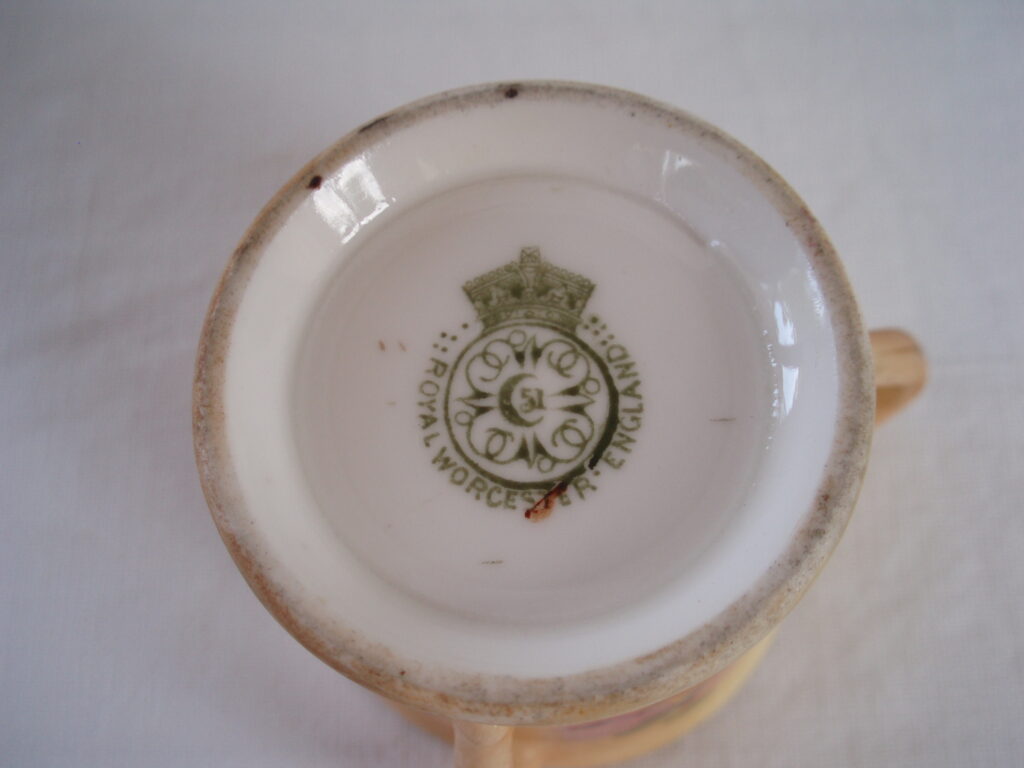
The following year (1904) a dot was added underneath – in 1905 two dots and so on until 1915, by which time there were six dots on each side of the Crown and 12 underneath the circle making a total of 24.
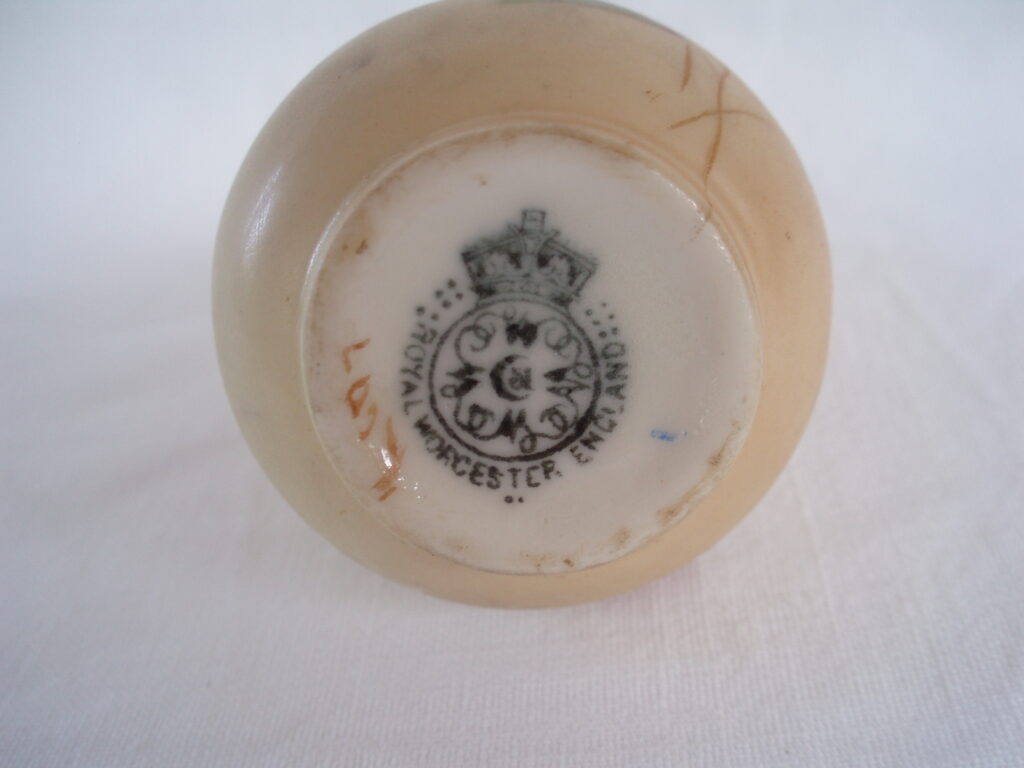
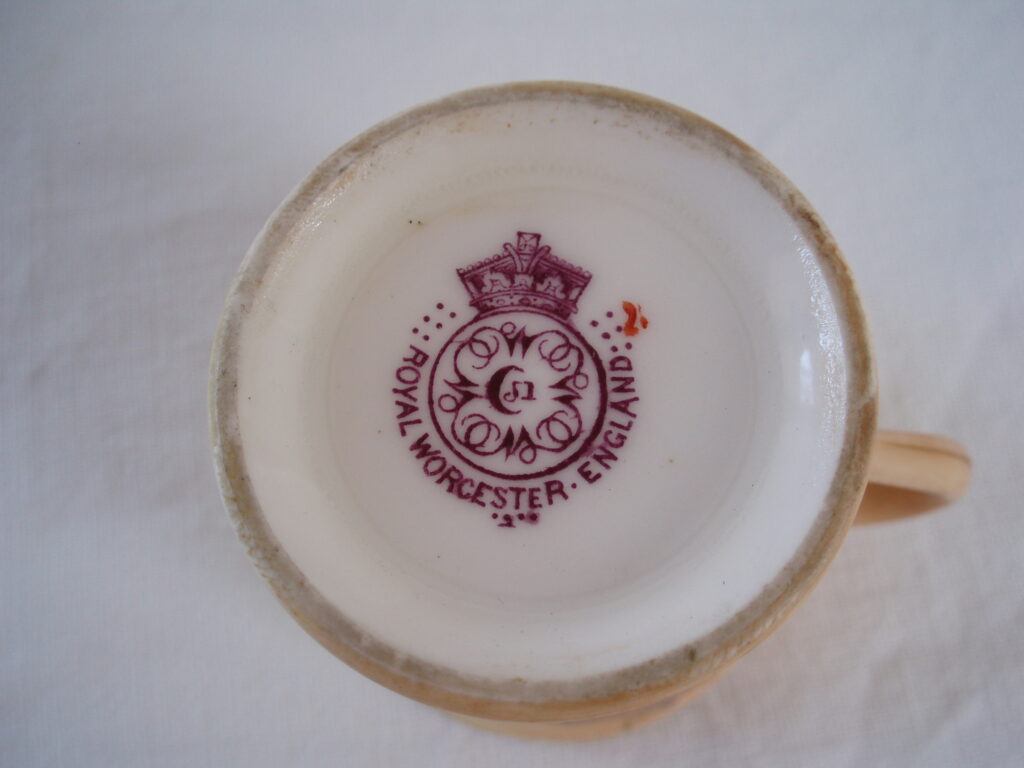
For most pieces this was now unwieldy so the dots underneath were replaced by an asterisk in 1916 to which a dot was added each following year until 1927.
